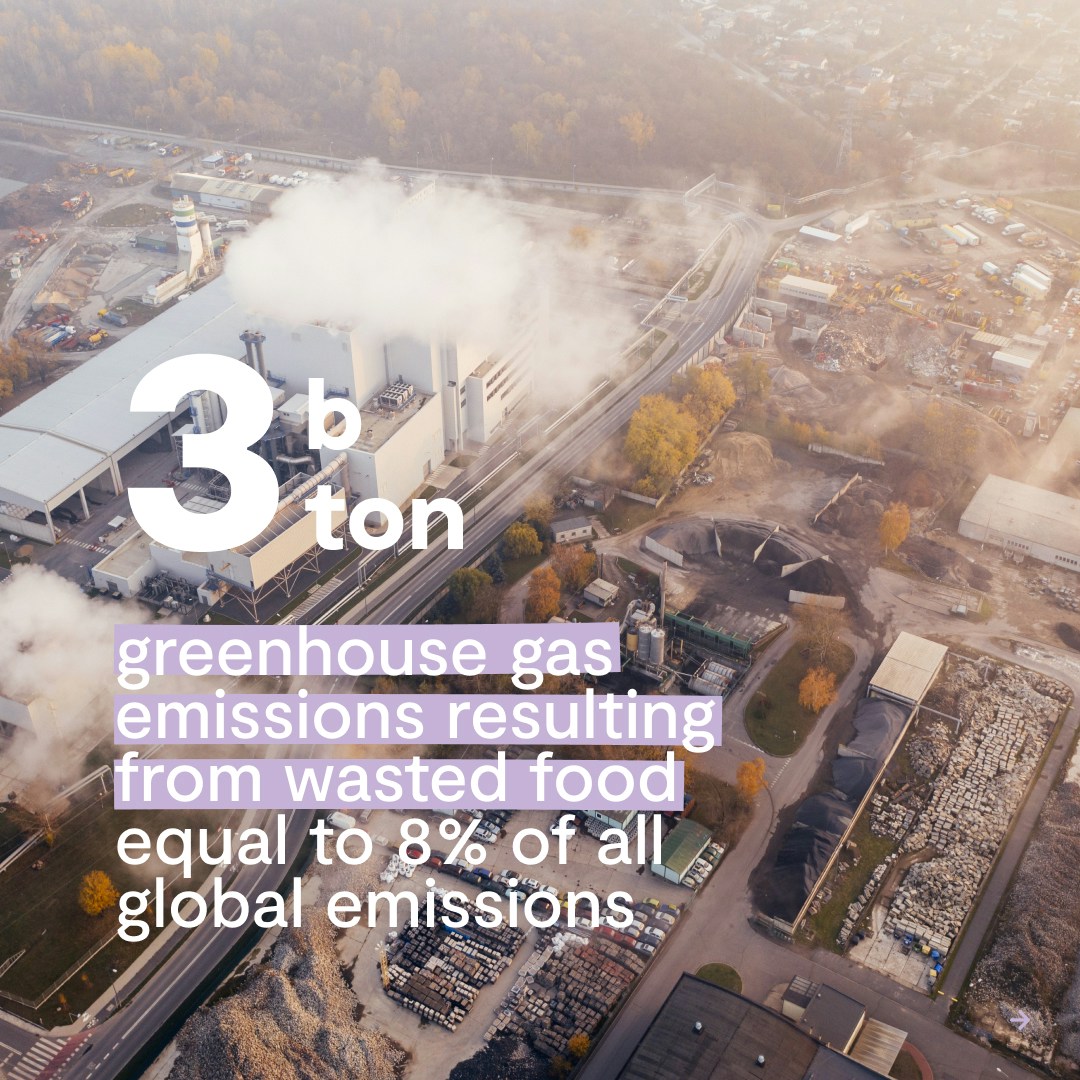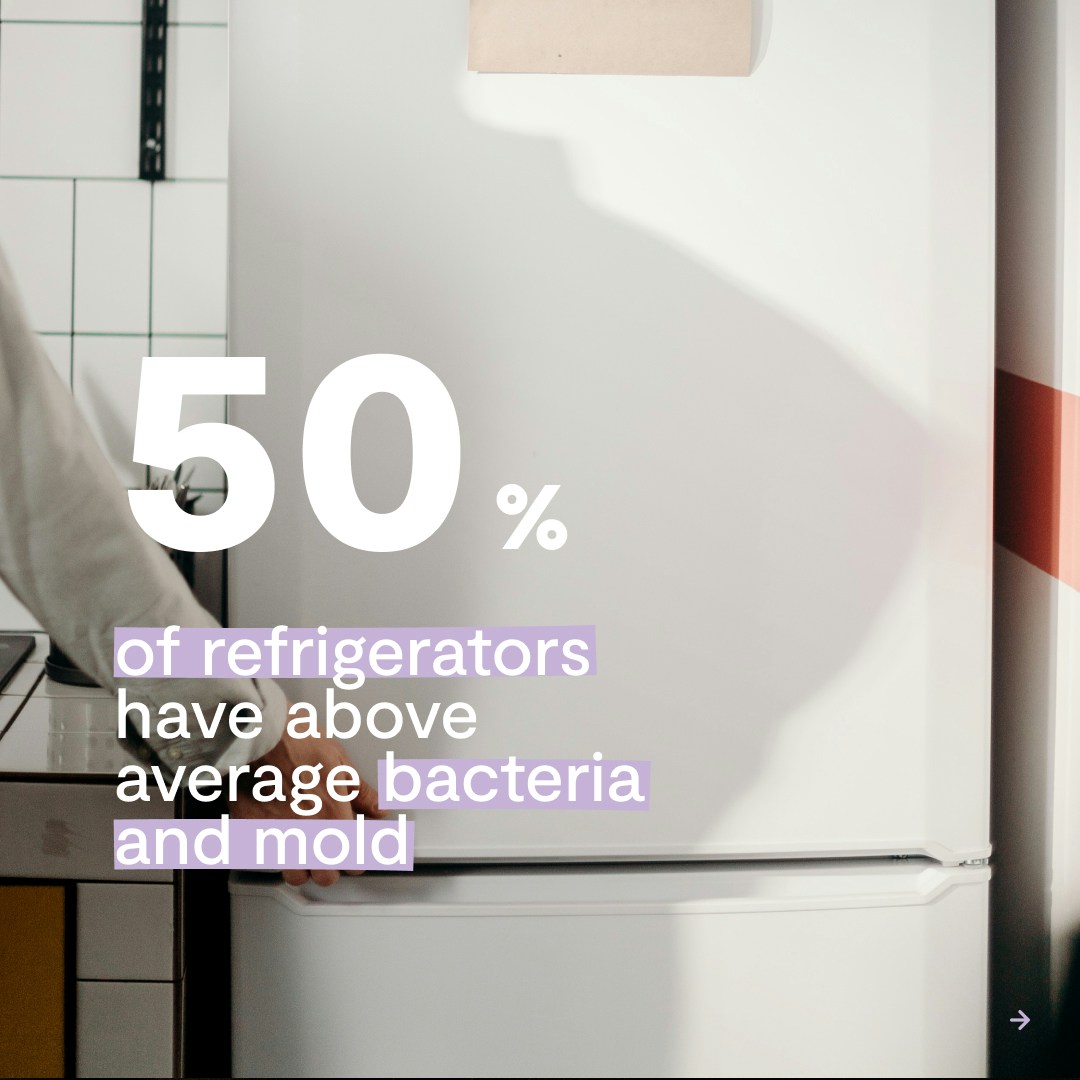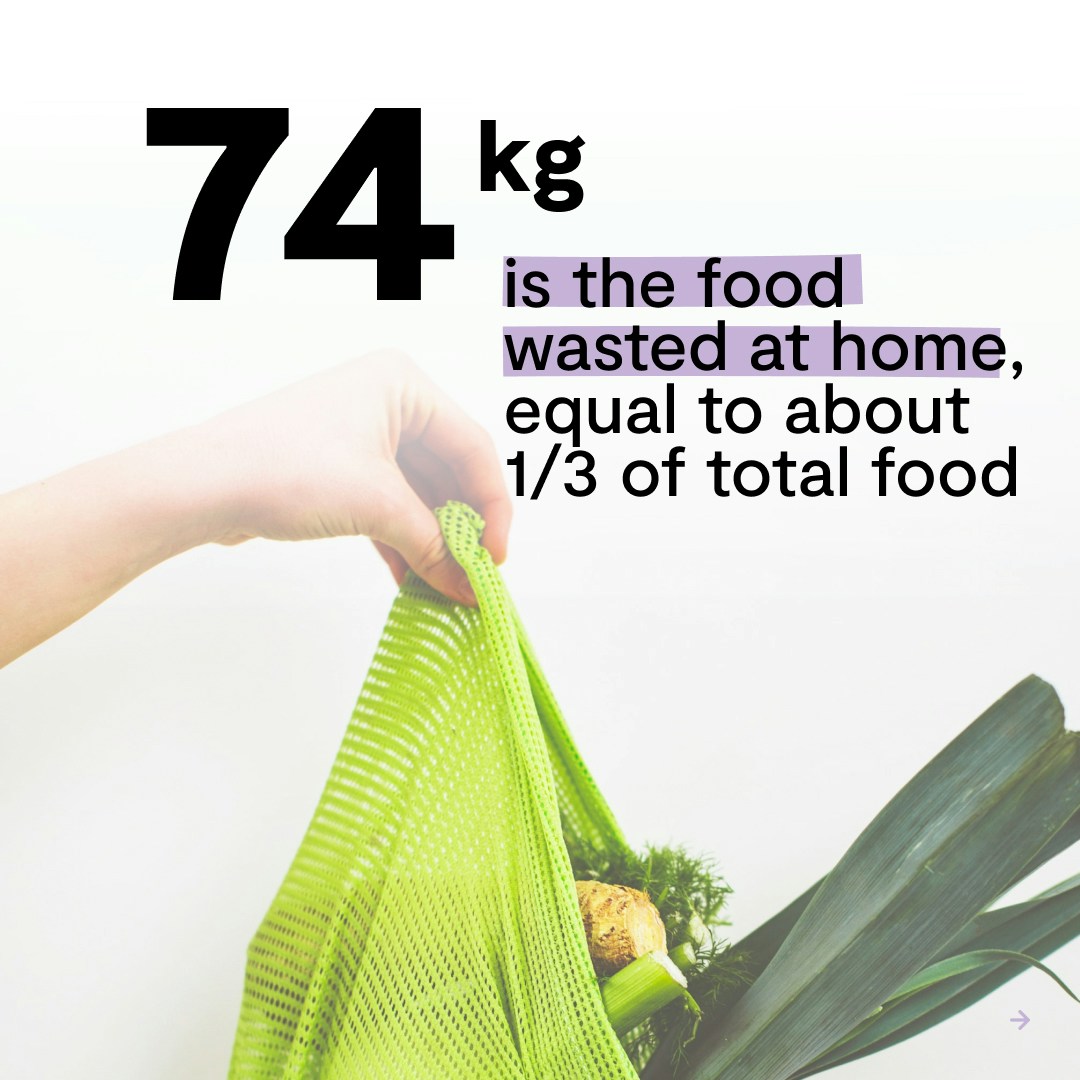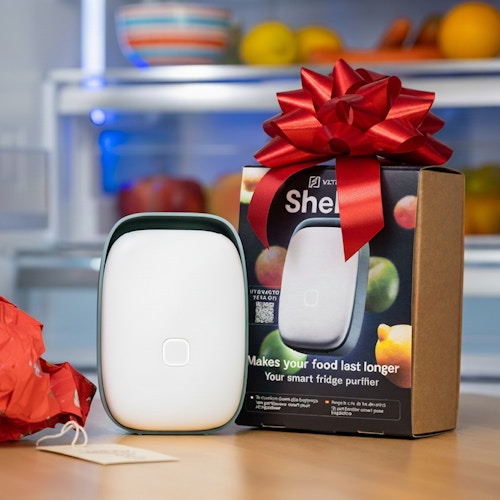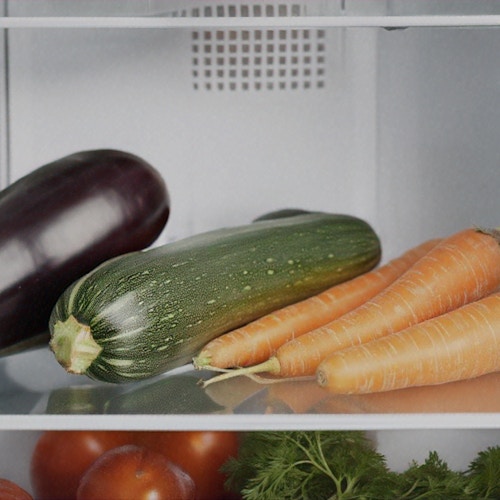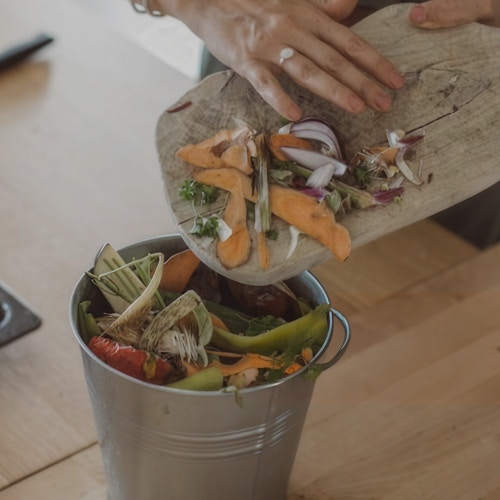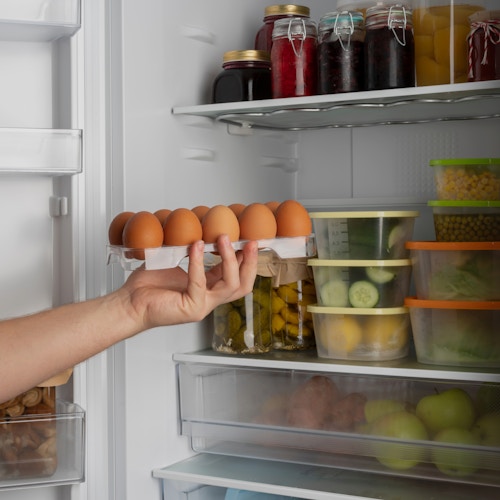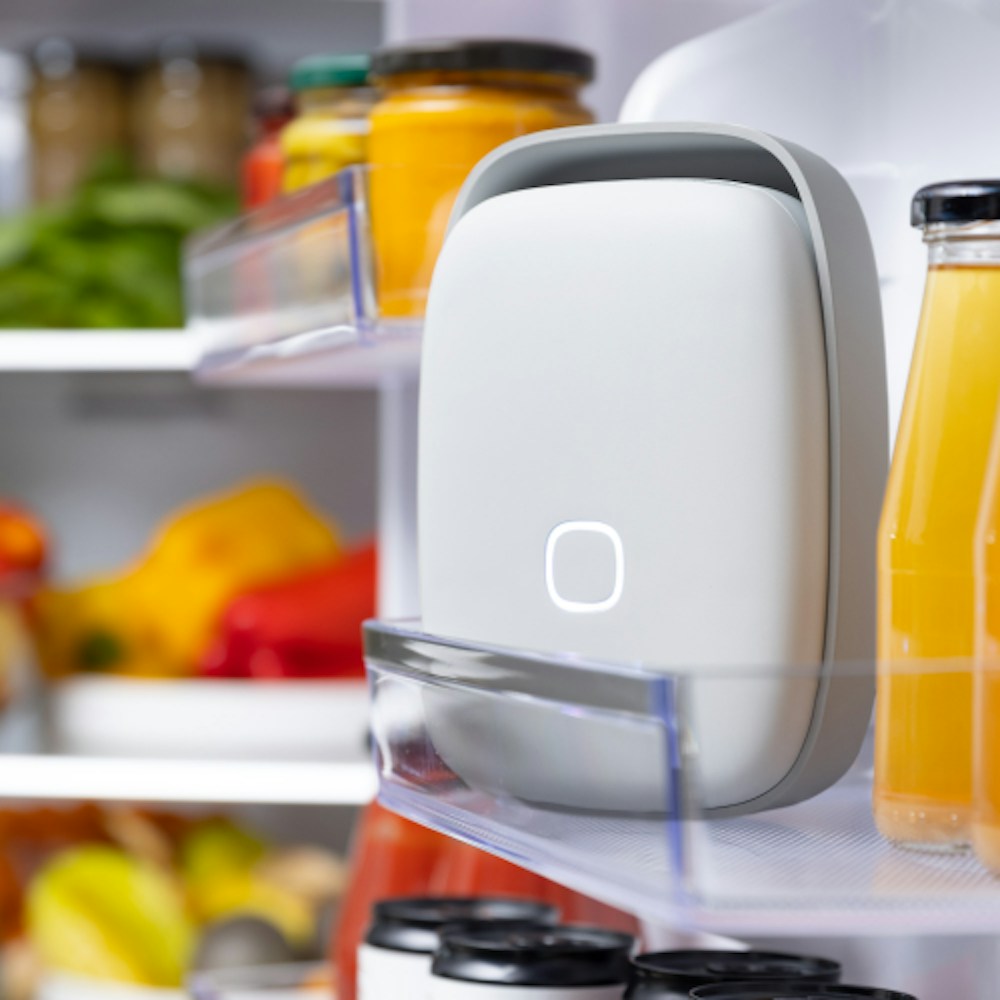
How to fight food waste with Shelfy
→
Food waste is a highly underestimated factor, but it is nowadays one of the main causes of money waste and pollution. Discover now how to fight it!
- What is food waste?
- Food waste causes
- Food loss
- Household and corporate waste - How much does food waste impact our lives?
- Why is avoiding food waste so hard?
- How can I fight food waste?
- Buy the right amount of food
- Maintain a sustainable nutrition over time
- Improve food preservation
- Store foods at low temperatures and the right humidity
- How can I intervene in the natural spoilage of food? - Shelfy: the solution against food waste
- Pre-order Shelfy on Kickstarter at a super discounted price
What is food waste?
The phenomenon of food waste is defined as any form of non-consumption of food.
Food may not be consumed for several reasons:
- It’s wasted
- It’s lost
It’s the sum of all those behaviors engaged in by individuals and companies, which contribute internationally to food not being consumed.
However, food waste isn’t only limited to food, but concerns also the whole chain necessary to produce it.
In fact, to produce food there is a very long process that puts a strain on our natural resources, damaging both the environment and our savings:
- The cultivation or farming
- The harvesting, fishing or slaughtering
- The industrial processing
- The waste of packaging materials
- The water needed for these processes
- The energy required for these processes
It’s easy to see that food waste isn’t limited to food, but concerns the whole chain of production and processing which brings on our tables the foods we eat every day.
But what are the factors that trigger this huge international loss?
Food waste causes
When we talk about food waste, we need to split this phenomenon into two separate events: food loss and household and corporate waste.

Food loss
Food loss is that phenomenon which happens due to natural or legal causes during the production and processing stage, namely all those scenarios that occur before the product is ready to be sold on the market.
The main causes of food loss are:
- Rot and harvesting errors in crops
- Adverse weather and environmental conditions
- Inadequate medical and sanitary conditions in hunted/fished or raised animals
- Violation of health and environmental safety protocols and particular laws relevant to the area
In all these cases the possibility of validating that food to be consumed is lost.
Household and corporate waste
The largest and most impactful part in our lives is undoubtedly the food waste that occurs in our homes and in corporate establishments. And that is what we will try to fight in this article.
Household waste concerns all the food that is thrown away and not consumed by individuals. Corporate waste on the other hand is all the unused food that gets thrown away that affects places such as restaurants, canteens of various institutions and companies, supermarkets and large-scale retail chains, and much more...
The primary causes of food waste in these settings are the following:
- Excess food produced
- Excess food bought
- Improper food storage
- Waste in distribution (due to quality or aesthetic imperfections)
- Lack of demand for the food put on the market
All these factors lead to a single consequence: food that should be consumed is instead thrown away, causing significant consequences both economically and in terms of environmental and energy resources.
How much does food waste impact our lives?
Food waste has a huge impact on our lives:
- The annual cost per family due to food waste is about €2,000
- Each average household wastes an average of 74 kg of food per year
- 32% of bought food end up being thrown away
- Nearly 10% of greenhouse gas emissions are associated with unconsumed food
- Every year 3 billion tons of CO2 are emitted due to food waste
Source: 2021 Food Waste Index
Not to mention the enormous amount of water and energy that are used throughout the entire food supply chain process, thus becoming by all accounts part of the climate change taking place in recent years.
The most shocking fact is this:
If food waste were a country, it would be the third global greenhouse gas emitter
Why is avoiding food waste so hard?
The main cause of household food waste is that food is no longer fresh: it smells bad, has become rotten and therefore no longer edible, because it has expired or is covered with mold that is dangerous to humans.
This situation often results from a compulsive purchase of different foods to stock up in the refrigerator for fear of running out of stock for days or weeks.
Or even from preparing bigger portions than actually needed.
But is it fair to put all the blame on people’s inattention or on companies for producing too much food? Are we sure this is the only cause?
The answer is: absolutely not; the main factor is really food storage.
Let’s face it: with the increasingly hectic life we live today, it’s very difficult for families or individuals to keep up with the exact food quantities to buy and their expiration dates.
Especially for people who decide to eat fresh and healthy food (like fruits and vegetables), it’s often very complicated to comfortably buy these types of food, if they have a very short shelf life.
Shelf life is the first and main cause of food waste, because very often it’s too short to be controllable by individuals due to natural causes.
Shelf life is that time period which, under particular storage conditions, corresponds to a tolerable decrease in food quality (source: UNI 10534-2005).
A factor which is determined by 4 main causes:
- The intrinsic properties of the food under consideration
- The processing or transformation process undergone by food
- The type of packaging and the packaging process used
- The environmental variables, such as temperature and storage conditions

How can I fight food waste?
After analyzing the causes of food waste, what can we actually do to avoid household and corporate food waste?
Buy the right amount of food
The first step is obviously being aware of the actual and correct quantities of food we need. This brings two very important benefits: a better management of purchased goods and economic savings (if I buy less, that generally implies less economic effort).
Maintain a sustainable diet over time
By sustainable diet we don’t only mean environmentally, but also a diet in line with our daily caloric needs. This will therefore involve buying foods that are healthy and have a lower environmental impact because they are not as industrially processed.
A factor which is reflected both in greenhouse gas emissions and the use of natural resources.
Improve food preservation
Since shelf life is the core of food spoilage, it is necessary to perform the right procedures to be able to extend the shelf life naturally and without resorting to artificial preservatives or chemical methods, as several companies often do, thus compromising the quality of the food itself.
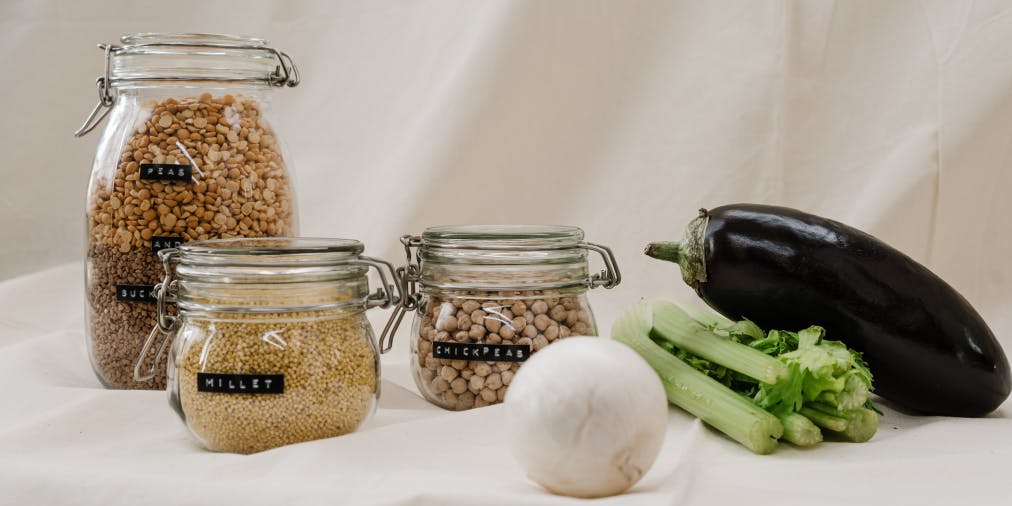
Store foods at low temperatures and the right humidity
The first action is as simple as it’s effective, and it’s one we already do daily: store our food in the refrigerator to keep it fresh and edible.
In fact, low temperatures have a beneficial effect on our food because they partially reduce the formation of certain bacteria that accelerate the food spoilage process. Therefore, it is important to set the temperature and humidity of the refrigerator in an optimal range for food storage.
How can I intervene in the natural spoilage of food?
Refrigeration is one of the methods that have always been used to extend the shelf-life of food, but is it the only method that exists?
Just in these weeks, after almost 2 years of work by our R&D team, we at Vitesy have analyzed and understood how to extend the shelf life of food thanks to a new device to place inside your refrigerator.
This product, the only of its kind and the first on the international market, is a device that acts on the microorganisms that populate your refrigerator.
This microbial load is composed by two elements: the bacterial and fungal loads that proliferate in your refrigerator. In addition, there are other pollutants in the refrigerator: VOCs (Volatile Organic Compounds) that are emitted from the food itself.
And it is these two elements that determine the average shelf life and the quality of products.
Shelfy: the solution against food waste
The novelty we present you is Shelfy: a smart device that extends the shelf life of food by up to 12 days, thanks to its technology that purifies the air in which your food is “immersed” in the refrigerator.
The technology used by Shelfy is called photocatalysis: a natural chemical process that takes place in the filter where the light from a few visible band LEDs activates special safe, lab-tested nanomaterials that purify the air of pollutants that affect the rate at which your food ripens.
Shelfy specifically targets the main pollutants responsible for food aging: viruses, bacteria and large quantities of VOCs.
Among the most present VOCs we definitely find ethylene or ethene (C2H4), which is a gaseous hormone that is produced by food.
Ethylene is active even at extremely low concentrations (ppm - parts per million - to ppb - parts per billion) and induces fruit ripening, producing undesirable changes in taste (bitterness), color (yellowing or browning) and texture (softening), and increases susceptibility to disease.
Whilst viruses and bacteria are the microorganisms that cause food spoilage abruptly, affecting its edibility and the overall health condition of the refrigerator.
Thanks to its state-of-the-art technology, Shelfy acts on these pollutants achieving extraordinary results on a diverse range of foods.
These results will allow you to buy the right amount of foods needed to live a healthy and balanced lifestyle, without running the risk of throwing them away due to their spoilage.
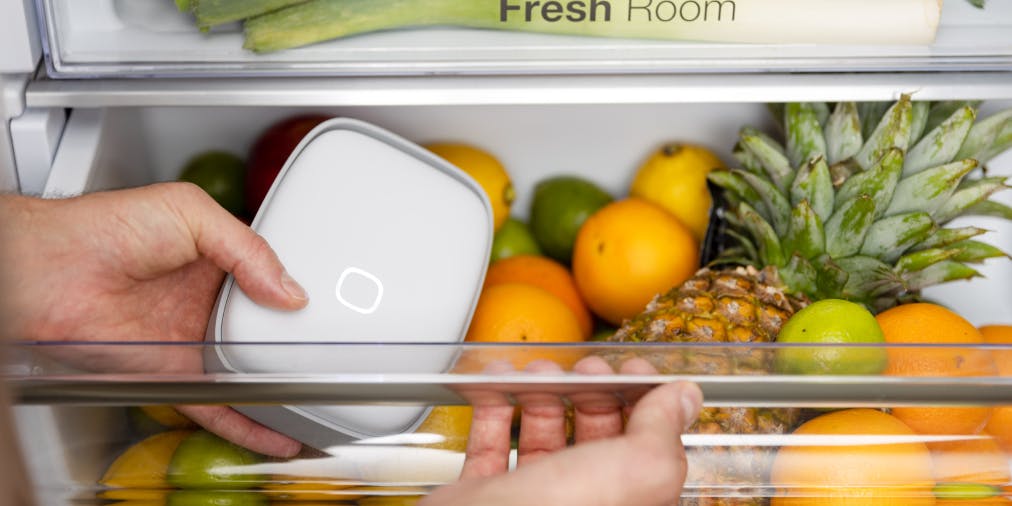
Get Shelfy the solution to food waste
Would you like to buy your own Shelfy and solve the issue of household food waste?
With Shelfy you will not only have an extended shelf life for your food, but you’ll do your part to safeguard the planet by decreasing:
- Waste of natural resources
- Economic expenses on food purchase
- CO2 emissions
- Water and energy use in the food supply chain
Furthermore, you’ll have the guarantee of buying a 100% Made in Italy device, made only and exclusively with sustainable and recycled materials of A quality, the highest available in the market.
Stop food waste with us, let’s revolutionize our way of living together.

